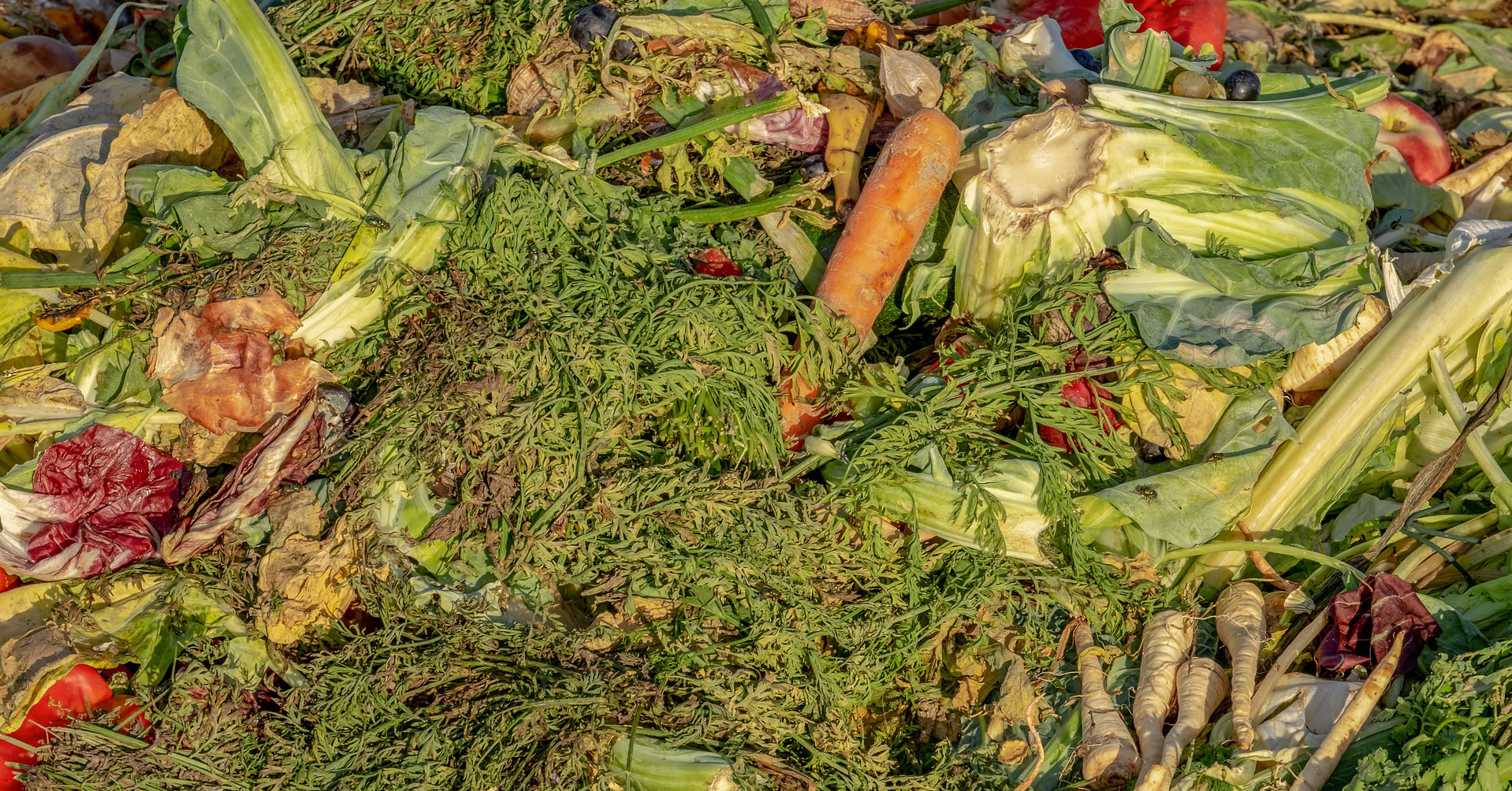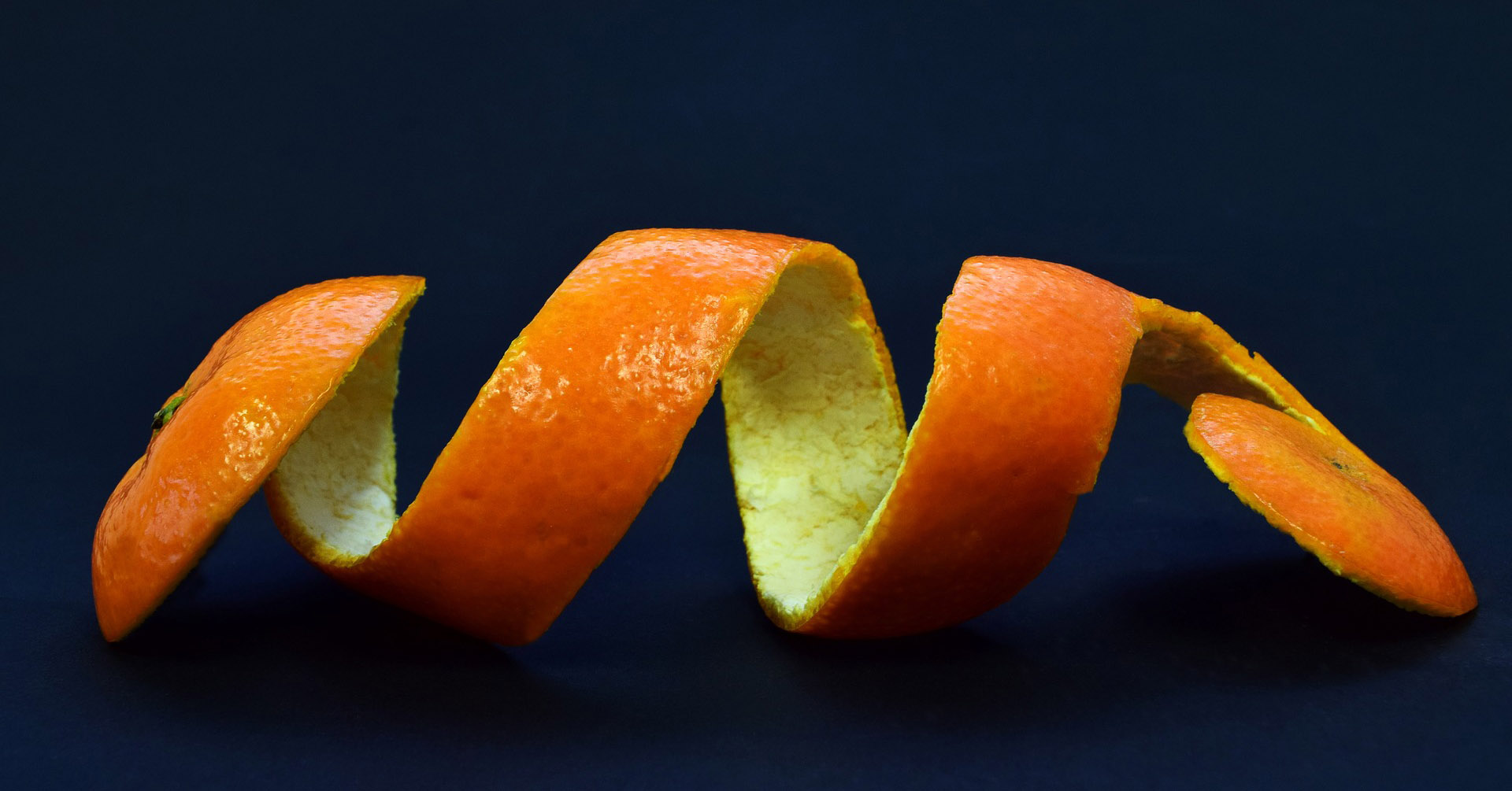Transforming food waste: making something out of rubbish
Australians are waking up to our monumental food waste problem. In 2016–17, we generated 7.3 million tonnes of food waste according to the National Food Waste Baseline. That’s enough to fill over 13,000 Olympic sized swimming pools.
Not only does this come at a major economic and social cost, food waste decomposing in landfill leads to the release of greenhouse gases like carbon dioxide (CO2) and methane. A report by the Department of the Environment and Energy calculated that solid waste from 2014 alone produced 9 million tonnes of methane in CO2 equivalents, a measure that directly compares the global warming potential of pollutants. A major portion of these emissions comes directly from food waste rotting in landfill.
The impacts of food waste on the global scale are huge. According to the World Resources Institute, if food waste was a country, it would be the world’s third largest carbon emitter after the USA and China.
The best way to minimise food waste is to avoid generating it in the first place (read more about strategies to avoid and reuse food waste). While we can’t completely ensure all our produce gets eaten, we can transform food waste into valuable resources, including fertiliser, energy and a bunch of innovative products, from pharmaceuticals to building materials.
Recycle food waste: composting
A simple way to recycle food scraps is to produce nutrient-rich fertiliser. Household composting recycles food waste in an environment where lots of oxygen is available. Fungi and bacteria break down the proteins, fats and carbohydrates in the waste into compost and CO2. When it’s released from the breakdown of organic materials, CO2 isn’t considered a greenhouse gas—plants capture CO2 from the atmosphere during their lifetime, and this CO2 is simply returned to the atmosphere when they decompose, so it’s a carbon-neutral process. You can purchase ready-made compost for household or agricultural use, as well as commercial food recycling machines, which can reduce food waste in manufacturing and hospitality.
Large-scale biodigestion facilities operated by utility companies use a sealed biodigester where oxygen is minimised, a process called anaerobic digestion. As well as food waste and organic matter like tree cuttings, biodigesters can process municipal waste and some industrial waste.

Energy recovery from food waste
From food waste to fuel: food waste can generate sustainable energy through waste-to-energy processes. Waste-to-energy is categorised as renewable energy when organic waste is used to generate electricity or heat. Various technologies are available, although they do produce greenhouse gases like CO2, methane and nitrous oxide, so measures should be taken to reduce these emissions.
Around 130 Australian landfill sites capture methane from rotting food waste to produce electricity in gas-fired power plants. A more efficient method of capturing methane uses anaerobic biodigestion to transform commercial food waste into energy. Yarra Valley Water currently operates a waste-to-energy plant in northern Melbourne called ReWaste which processes up to 33,000 tonnes of food waste every year, enough to power about 2000 homes.
Stats from the Department of the Environment and Energy show that in 2014–15, 22 per cent of Australian food waste was recycled, mostly through composting, and 16 per cent was used for energy recovery, mainly through methane capture at landfills. Investing in more biodigestion facilities could further cut down food waste, as well as boost our energy security.
Reprocess food waste: making functional materials
Fruits and vegetables have the highest wastage rates of any food products. The Food and Agriculture Organization of the United Nations estimates that globally, 45 per cent of fruits and vegetables are wasted along the supply chain. But with a little chemistry, biology and engineering know-how, the scrapped by-products can be reprocessed into functional and valuable products.
Researchers are currently investigating how fibres in root vegetables could be used in super-strong concrete and how mango seeds could be used to make surfboard wax. Rice husks are another versatile product because of their silica content and have a variety of applications, such as cement, insulators, adsorbents and various construction materials. They can also be ground with glass to create lightweight bricks that are resistant to fire and termites.

Reprocess food waste: from medicines to bioplastics
Fruits and vegetables are rich in nutrients—and not just the edible bits! Discarded parts of fruits and veggies (such as the peel, pulp and leaves) are often rich in bioactive phytochemicals, the chemical compounds produced by plants. These extracts can be used in dietary supplements, pharmaceuticals and food preservatives, which would prevent more food waste. Extracts and oils derived from food waste can also be used in high-value cosmetics.
Researchers are currently investigating the cancer-preventative benefits of citrus peel from oranges, one of the most consumed citrus fruits in Australia. Second-rate potatoes are another big opportunity. Fight Food Waste CRC is investigating using potato waste to create health supplements and bioplastics, which are plastics produced from renewable sources and can be used for packaging, coatings and adhesives.
The essential chemicals needed to create bioplastics include various carbs, fats and cellulose fibre that can be extracted from food waste using methods like freeze drying and hydrodynamic shockwave technology. Researchers at the University of Southern Queensland are currently testing out these methods on tropical fruit waste.
Not only could turning food waste into bioplastics slash food and plastic waste, it could also minimise the emissions associated with plastic production. Compounds extracted from food waste can even be used to create liquid biofuels like biodiesel and bioethanol. Biofuels can be used for cooking, heating and generating electricity, but are mainly used in Australia to fuel cars with lower emissions than regular petrol or diesel.
While researchers and industry continue to develop innovative ways to transform food waste, the first priority is still preventing food going to waste. Read more about avoiding food waste.






